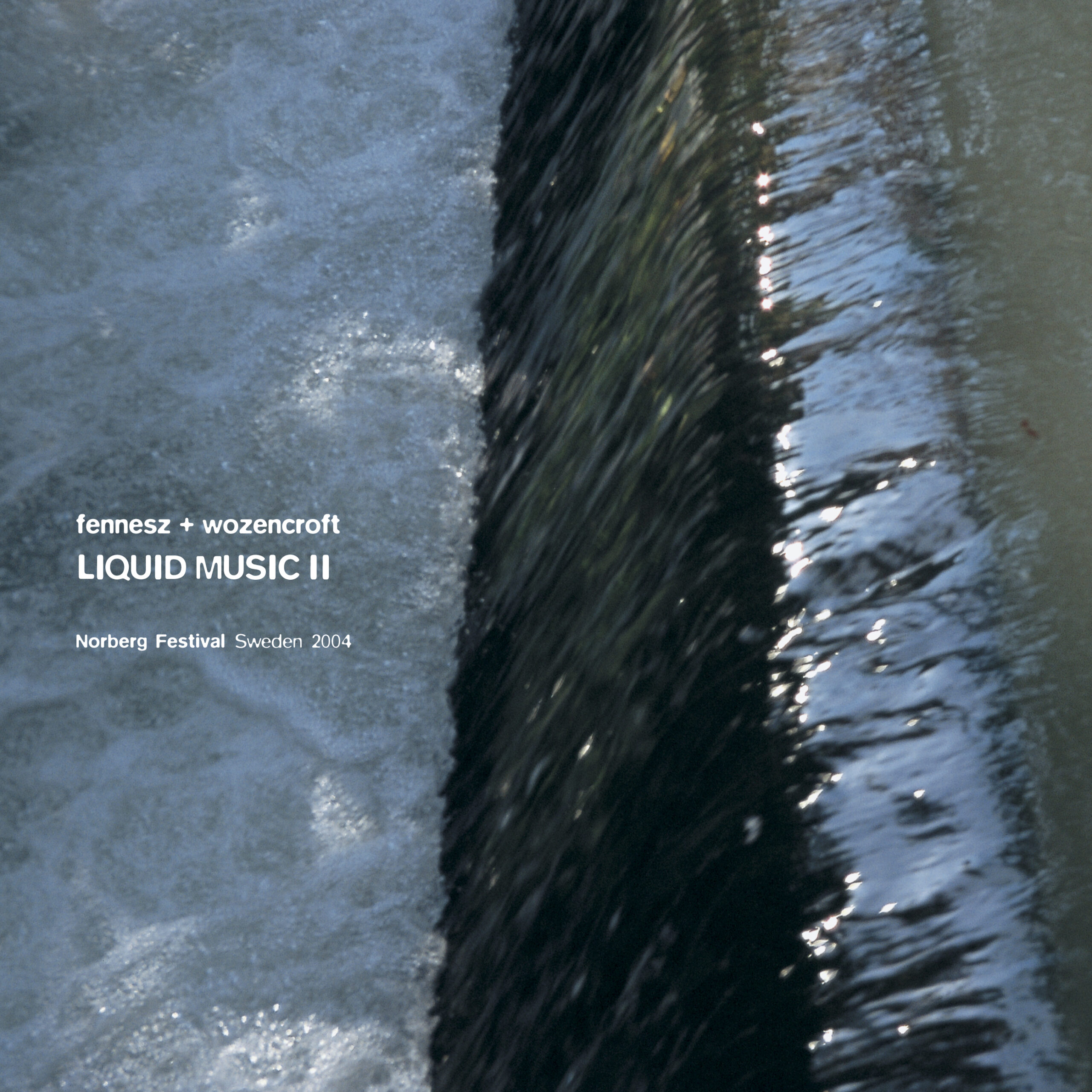Liquid Music ll features a full-length video by Jon Wozencroft, an extract of which you can view above. The download bundle also includes audio of the soundtrack, by Fennesz. This is a Bandcamp exclusive release.
This release is now available here
The film was made for Fennesz’s live performances on the Touch 2001 tour (with Hazard/Heitor Alvelos and Biosphere/Jony Easterby) and the first version eventually released on a Touch 30 USB stick in 2012, from an incendiary performance at Brighton Gardner Arts Centre which centred on material from the Endless Summer release, amplified to the max. A DVD release was scheduled in 2005 but this proved impossible to master due to the fast–moving nature of the footage… once compressed for the demands of the format at that time, it looked like a pixelated jigsaw.
The DVD was to be partnered with this quite different set by Fennesz at the 2004 Norberg Festival in Sweden, shortly after the release of Venice, but totally improvised, including few traces of that release. Liquid Music II is now available for the first time and is “the extended version” to take account of the longer set times and the continued synergy that it gave to Fennesz’s live performances. Christian’s performance was trance-like in comparison to the Brighton gig three years earlier and is in itself an essential document of his developing sound.
The footage was filmed on Hi-8 and mini-DV between 1995 and 2001 and is intended as an analogue to the fast moving developments of digital media and its distribution at that time. With this in mind, none of the footage benefits from any post-production nor processing, it is as seen through the lens of the camera which often involved dangerous positioning, close to the edge of rivers and rocks to get a forensic capture of the movement. A tripod was impossible; at times the camera is almost touching the water.
I call it a film and not a video because the inspiration was from classic avant-garde interventions by such luminaries as Stan Brakage, Peter Kubelka, Guy Sherwin and others, who always shot on celluloid. I did it on camcorders because there was no budget to use a Bolex and it was simply a question of what was practical, portable and a kind of guerrilla action when the weather was favourable. In addition, it was becoming a big thing at the time for ‘electronic’ musicians to use digital video projections to frame their naked-laptop performance situations, but I felt Fennesz did not fall into this perceptual grid, his music having a romanticism and a harmonic force that was more timeless and would be neutered by the latest software aesthetic.
The film challenges the notion of sync between sound and image, so that every time it was projected, and every time Fennesz played, the connection would be different and the chemistry personal to each member of the audience. In that way it becomes a live conversation and not simply a ‘show’ nor wallpaper for the music.
[Jon Wozencroft, March 2024]











